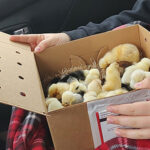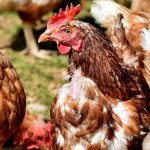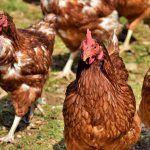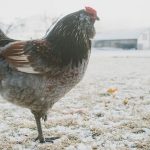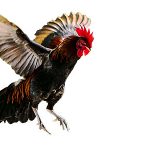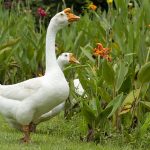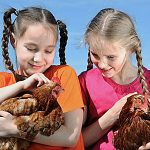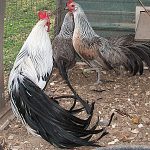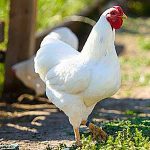
No trip through Missouri would be complete without a visit to Cackle Hatchery®. The facility is not merely a mail-order poultry hatchery. It also operates a year-around poultry-only products store and museum, and sponsors a popular annual chicken festival. The best time of year for you to visit depends on your purpose and on the […]
Continue Reading
